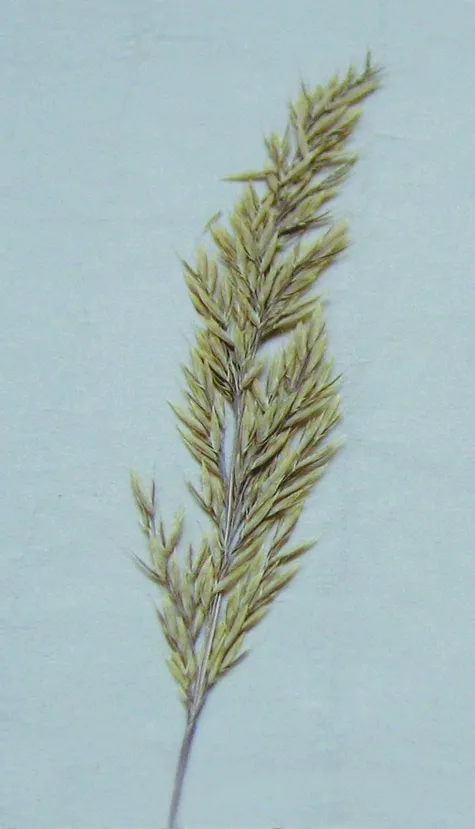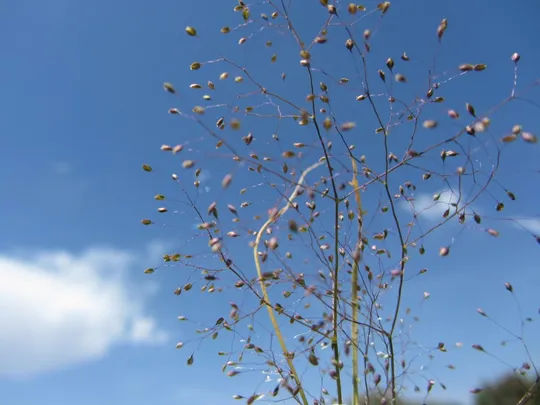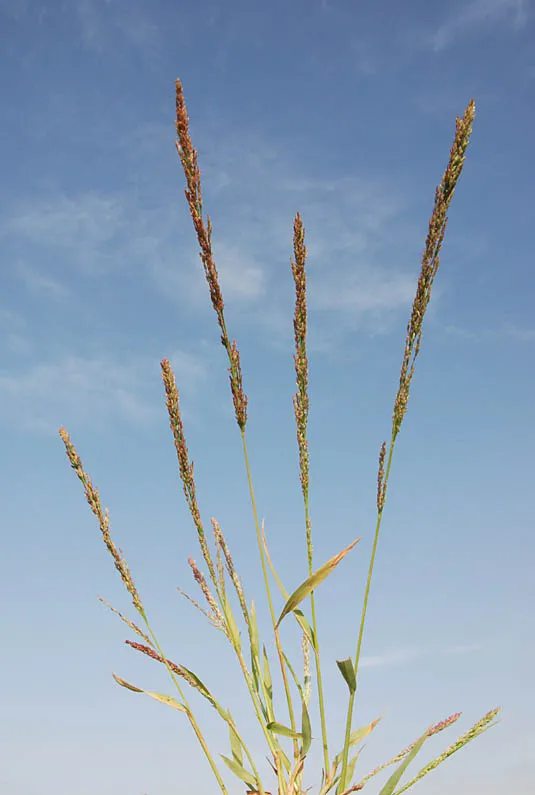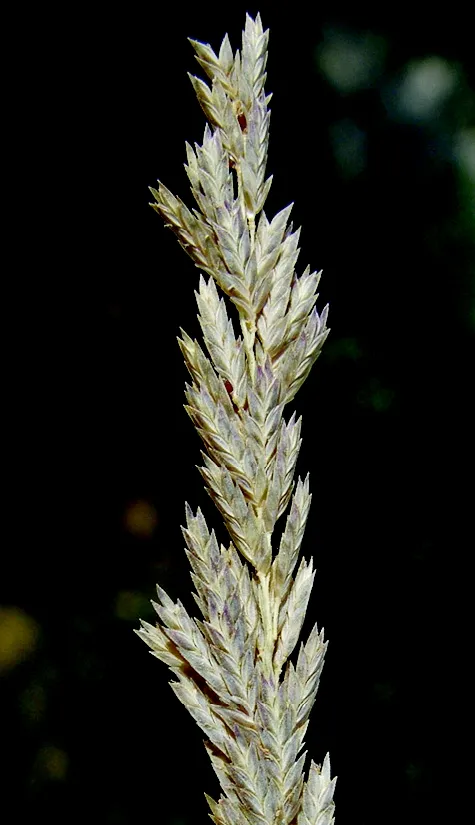Sea Cutandia
Cutandia maritima
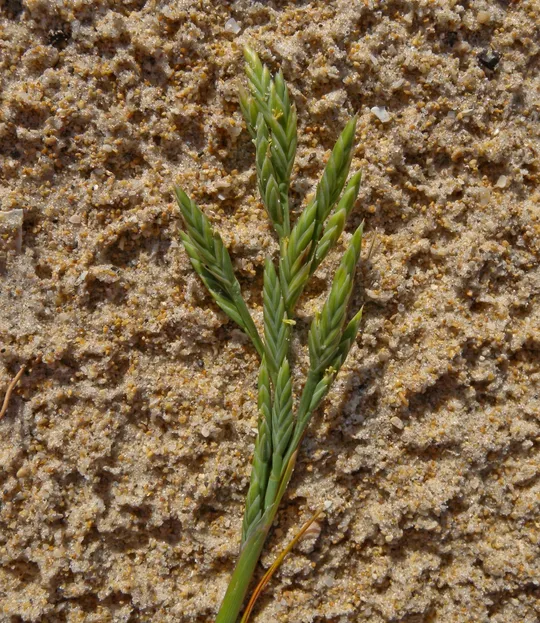
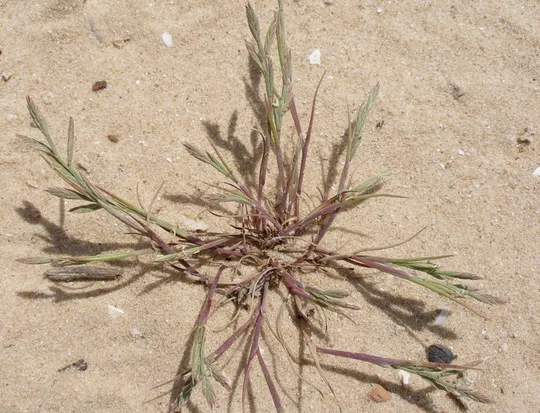
Cutandia maritima
grows in four regions in the coastal plain spray zone: Acre Valley, Carmel
Beach, Sharon and Pleshet. It was collected and observed at 13 sites in the
country, all in the Mediterranean coast spray zone. There are an estimated 18
sites. In the Acre Valley, it grows on the Beset Stream coast and north of Nahariya
and is extinct at Gesher HaZiv. On the
Carmel Coast, it was discovered at five sites in the Neve Yam-Dor region and in
Ma'agan Mikhael, but disappeared from Haifa and from Tirat HaCarmel where Smoli
and Eig collected it in the 1920s. In the
Sharon, C. maritima
grows in Caesarea and in the area of the southern Sharon Park in Shfayim, but
disappeared from Mikhmoret and Herzliya. In Pleshet it survived in the Ashdod area
north of the Mamluk fortress. In 2006, Oz Golan discovered a number of C.
maritima populations in Ashkelon for the first time
in. It is also found on the Nitsanim Beach (Shir Vered, 1998). However, it was not
observed again on the Tel Aviv and Jaffa beaches where Naftolsky and Zohari
collected it in the 1920s and 1940s. C. maritima
also grows on the Gush Katif beaches in the Gaza region (noted on the map, but
not counted in the regions).
Sands in the spray zone and on coastal beach
strips.
The genus Cutandia has 17 species,
mostly found in the Mediterranean region. Two other species grow in Israel
besides for C. maritime – C.memphitica, which grows on sandy, and loess soils and C.dichotoma that is found on desert
sands in the Negev and Arava. In these species, the panicles branch in a zigzag
pattern. Another species, C.philistaea, is now attributed to a separate genus, and called Desmazeria
philistaea; it is extremely common in coastal plain sandy habitats. The distinction
between the genera Cutandia and Desmazeria is based on the
presence of a whorl of cilia at the base of the lemma; the top of each hair is a
marble-like thickening. Many scientists believe that the separation between the
genera is unnecessary and will not stand the test of time, because of the shortage
of distinctive diagnostic signs and the great similarity in all other species
characteristics in both genera.
·
Cutandia
maritima is found in the same regions where it was
found previously, but the number of its sites has decreased and it is extinct at
nine sites.
·
C.
maritima is an annual, consequently its population
size varies from year to year, but in most cases the observed populations are
of the order of 100-1000 plants.
·
All
the sites on which the plant is extinct are on beaches of cities close to the
sea (Haifa, Tel Aviv, Jaffa, and Herzliya). In Ashkelon too, the plant is
extinct on some sites (Maoz Golan, pers. comm.). Urban and tourism development
on the Mediterranean coast undoubtedly constitute a major threat to the
continued existence of C. maritima
on beaches. The affinity of the species to the sea shore exposes it to
recreational pressure.
·
The
C. maritima
sites on the Akhziv beach and at Tel Dor are located in coastal reserves, but
the other sites on coastal sands and on the seashores are not protected.
·
There
is no information on its global threat status, but presumably, the strong
pressures on the Mediterranean coast endanger the C.
maritima populations in these countries.
A section of beach on the Ashkelon coast should
be demarcated and declared a local reserve, set aside for the preservation of
additional "red" species of this habitat, e.g. Zygophyllum album,
Polygonum maritimum, Euphorbia peplis, Suaeda vera and Cuscuta monogyna.
Moreover, all the populations in Israel should be monitored.
Cutandia maritima
is found on the European and southwestern European Mediterranean coast, in North
Africa and Macaronesia (the Canary Islands, Madeira and
the Azores) and on the coasts of Middle Eastern countries.
Cutandia maritima is an annual grass in the Poaceae
family, characteristic of sands in coastal spray zones in Israel. Its few growth sites are vulnerable
to development and their numbers have been significantly reduced. The areas for
conservation in the Ashkelon area should be expanded.
Current Occupancy Map
| 1000 squre meter pixel | 5000 squre meter pixel | 10000 squre meter pixel | |
|---|---|---|---|
| number of observations | 0 | 0 | 0 |
| in total pixels | 0 | 0 | 0 |
| Family | Gramineae |
| Classification | On the endangered species list |
| Ecosystem | Coastal area |
| Chorotype | Mediterranean |
| Conservation Site | Caesarea Sands, Ashkelon - Ashdod Sands |
| Rarity |
1
2
6
|
|---|---|
| Vulnerability |
0
4
4
|
| Attractiveness |
0
0
4
|
| Endemism |
0
0
4
|
| Red number |
1
3.7
10
|
| Peripherality | W |
| IUCN category | DD EW EX LC CR EN VU NT |
| Threat Definition according to the red book | Vulnerable |
 Based on:
Based on:
